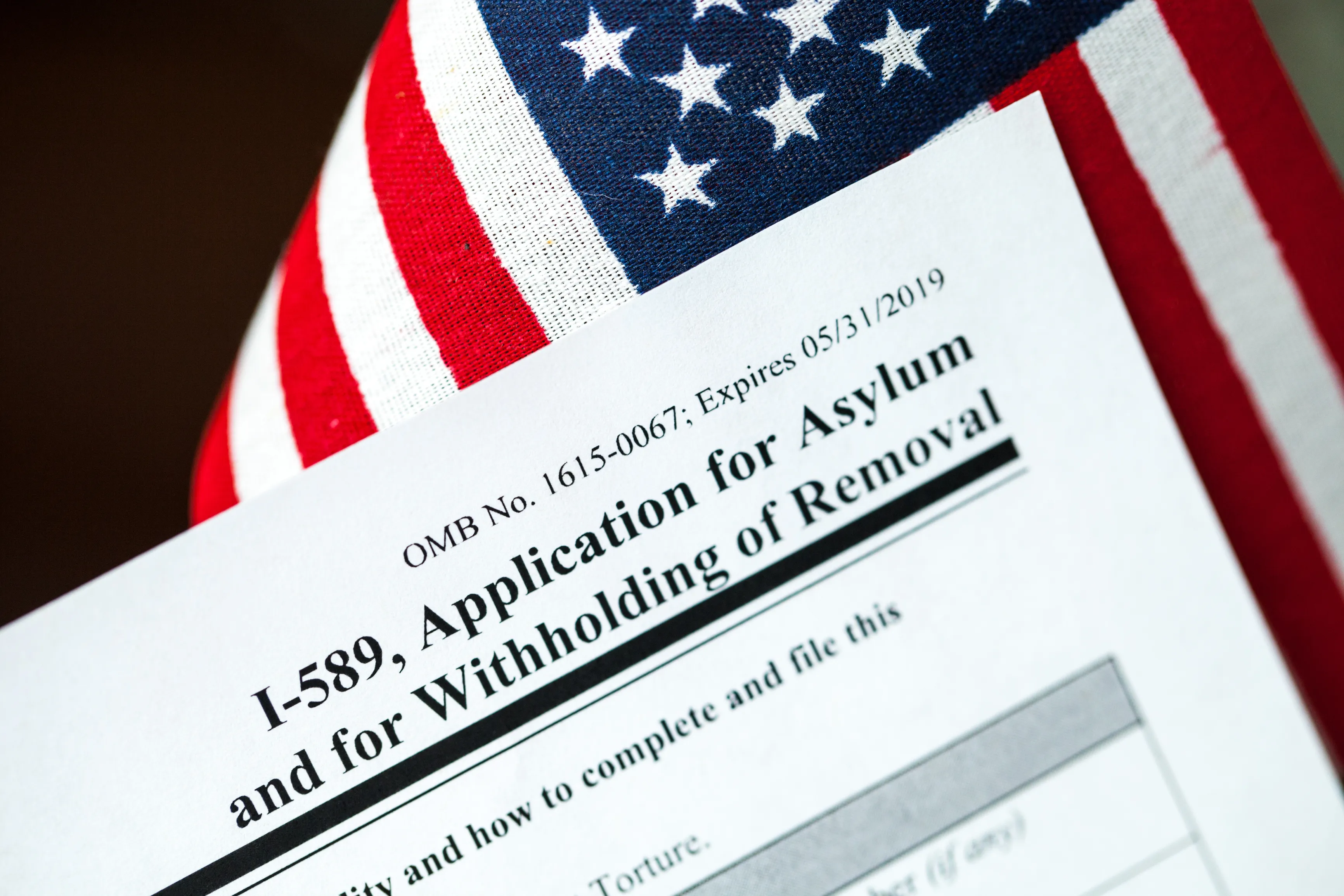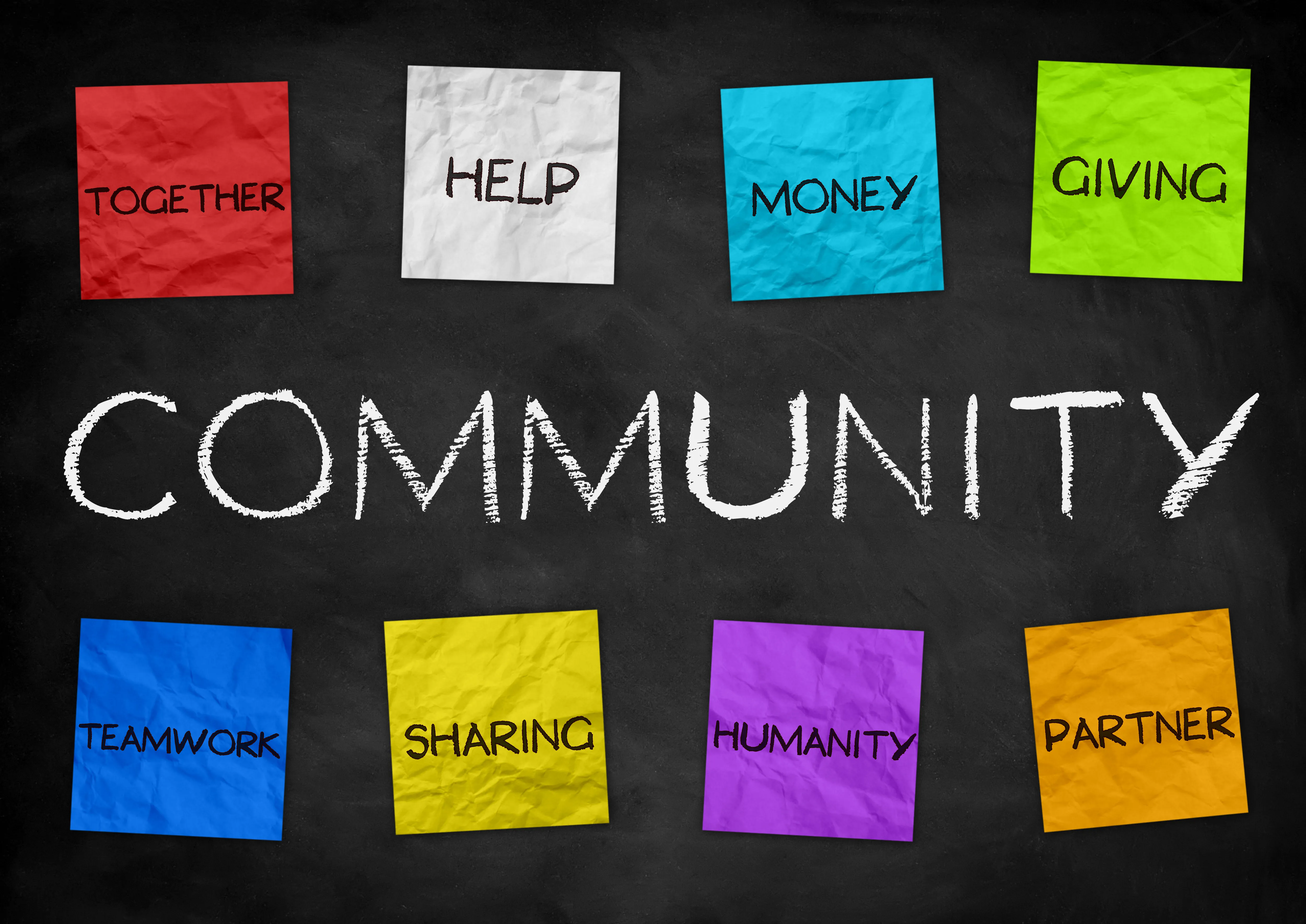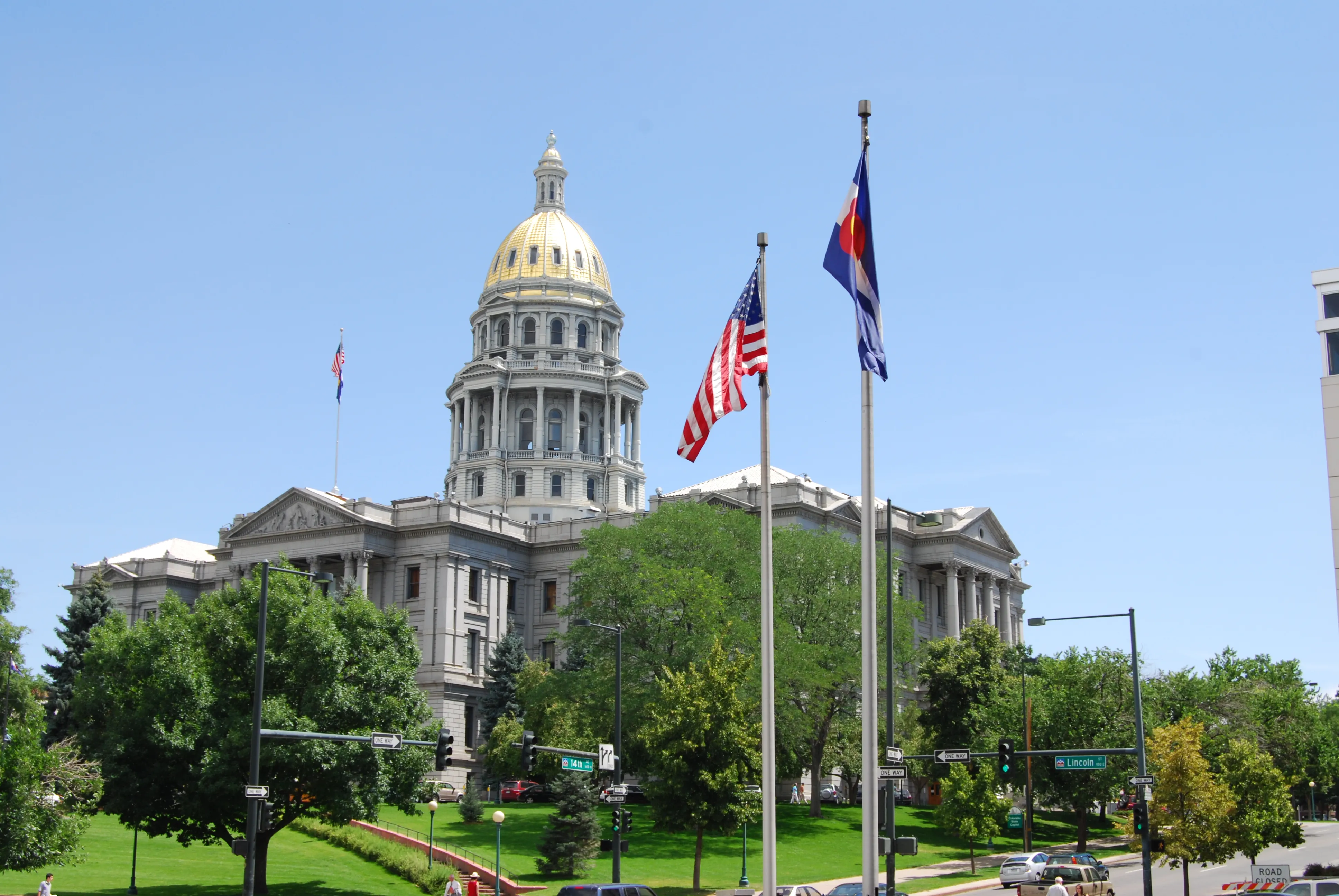
Child abuse prevention: navigating the warning signs
(Greater Dakota News Service) In an era of heightened mental-health awareness, authorities and youth advocates in South Dakota say it is key not to lose sight of signs of child abuse, and experts say some crisis signals cross paths.
April is recognized in the U.S. as National Child Abuse Prevention Month.
Wendy Kloeppner, state's attorney for Lake County, said educators help by serving as "mandatory reporters" when they see bruises or other unexplained marks. During the pandemic, schools also have expressed more mental-health needs for students, citing changes in behavior.
Kloeppner pointed out all can be symptoms of abuse.
"Children who have mood changes or behavior disruptions, that would be something that we would look for," Kloeppner explained. "We would maybe want to inquire with the child about what is happening at home."
Kloeppner, also a board member with the Center for the Prevention of Child Maltreatment, said law enforcement looks for some of the same signs in cases tied to trauma.
The Center is encouraging South Dakotans to spread awareness this month by signing up to be a "Blue Ambassador." Enrollees can receive content to share within community and social media networks.
At the onset of the pandemic, the American Academy of Pediatrics urged parents to practice self-care, and not let COVID stress manifest into child abuse, including verbal attacks.
Kloeppner noted situations involving actions like excessive screaming are something law enforcement can follow up on.
"If a report comes to my office, for example, that a child is continuously emotionally abused, that could turn into what we call an abuse and neglect case, where we asked the Department of Social Services to step in and monitor the family," Kloeppner outlined.
And like other cases involving suspected abuse, social services can determine if a child should be removed from the home. Kloeppner hopes this month's awareness creates more places for kids to feel safe and talk with adults if they're experiencing trauma. Beyond schools, she said it can include after-school activities, such as sports.















